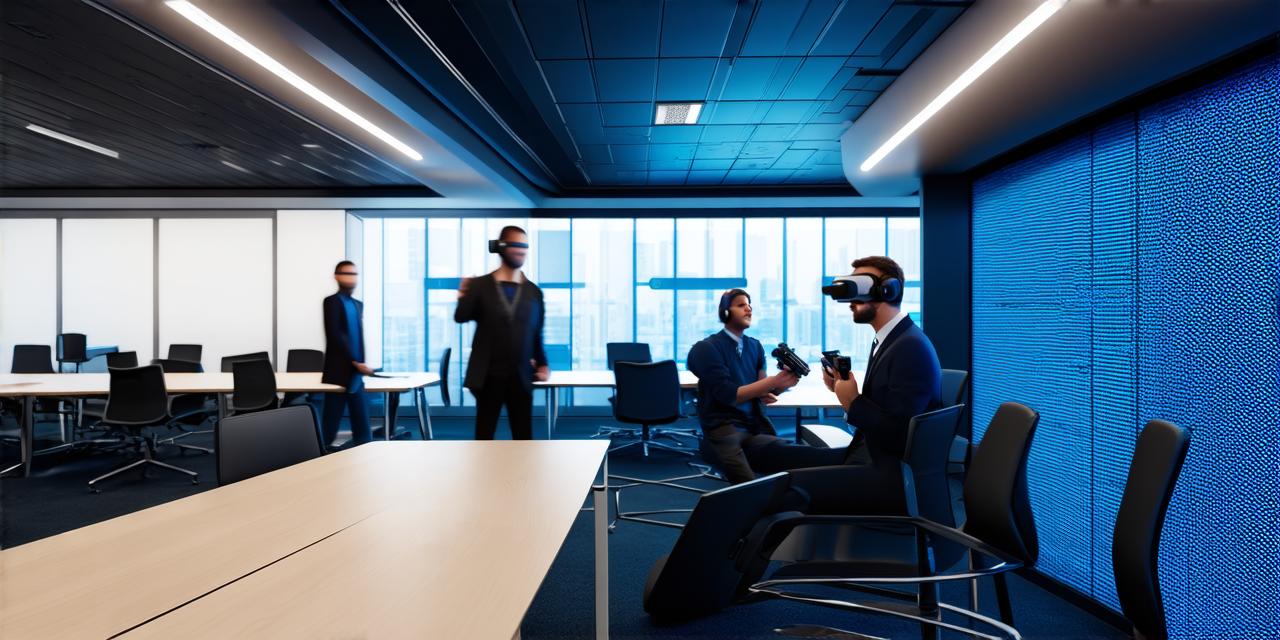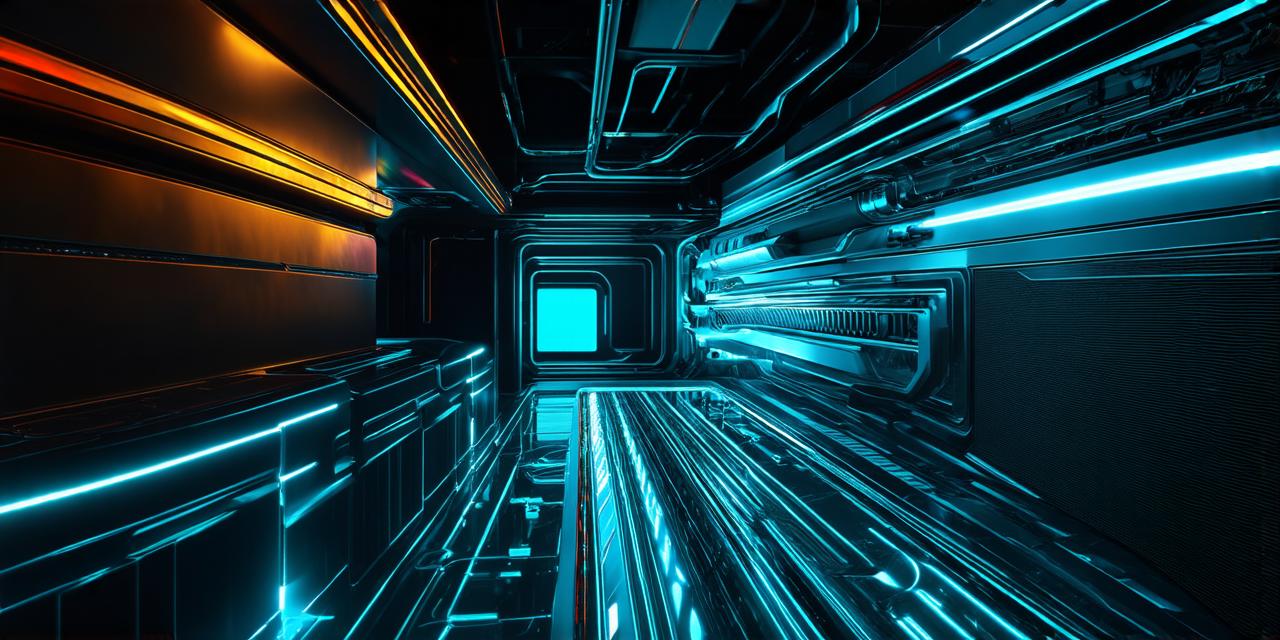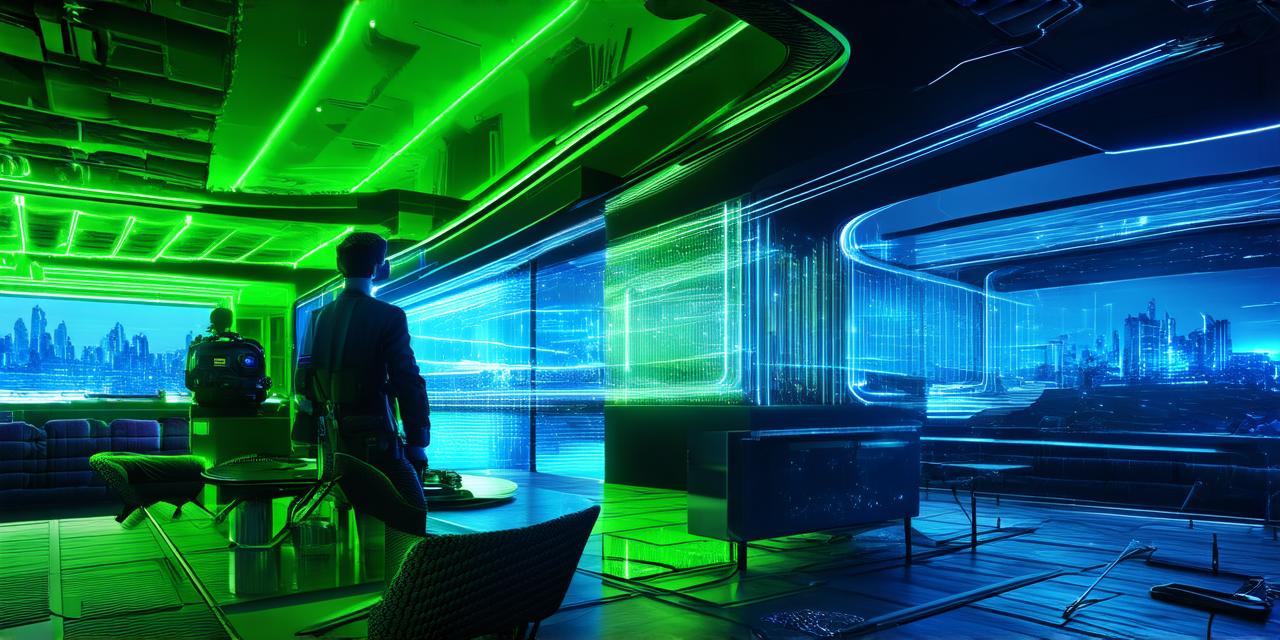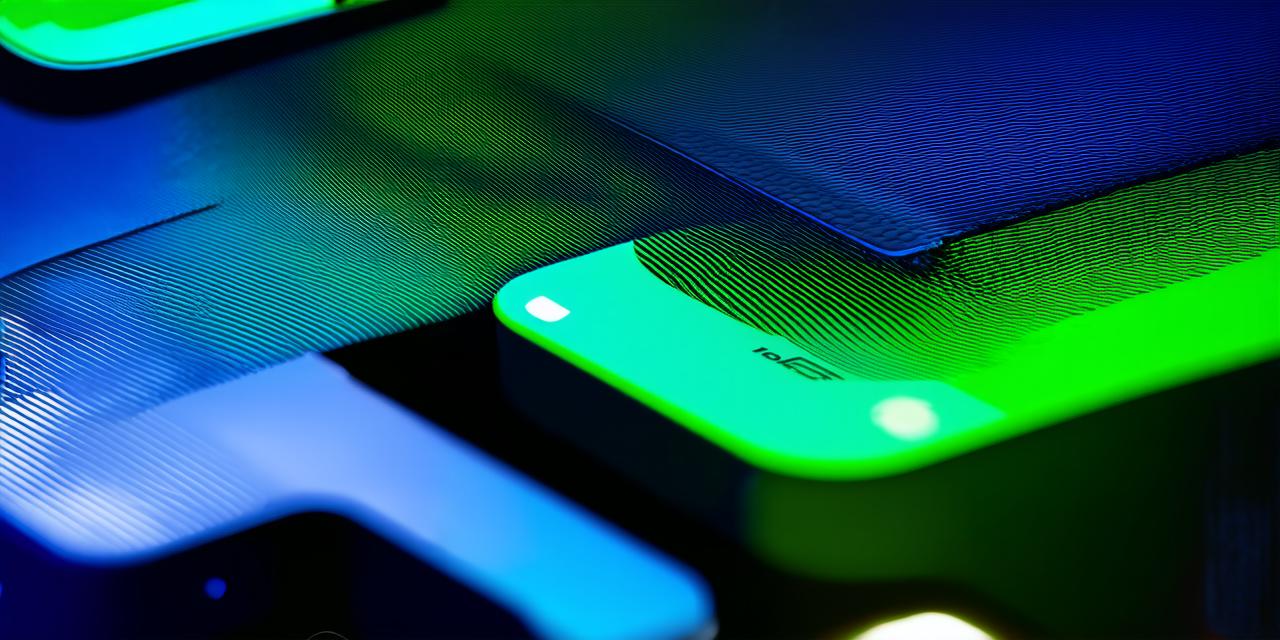Mixed reality (MR) is a technology that allows computer-generated objects and images to be superimposed onto real-world environments. This technology has been around for many years, but it’s only recently that we have seen its full potential being realized. In this article, we will explore the various applications of mixed reality in modern society.
1. Gaming
One of the most well-known applications of mixed reality is in gaming. MR games allow players to interact with virtual objects and environments in a way that feels real. For example, with an MR headset, you can play a game where you feel like you’re really standing on top of a mountain or exploring a deep jungle.
2. Education
Mixed reality is also being used in education to help students learn in new and innovative ways. For example, an MR headset can be used to take a virtual tour of a museum or historical site. Students can explore the exhibits at their own pace and interact with the objects in a way that feels like they’re really there.
3. Medical Training
Mixed reality is being used in medical training to help doctors and surgeons practice their skills in a safe and controlled environment. For example, an MR headset can be used to simulate a surgery, allowing the doctor to practice the procedure without risking patient safety.
4. Architecture and Design
Mixed reality is being used in architecture and design to help professionals visualize their designs in a more realistic way. For example, an architect can use an MR headset to explore a building design in 3D, allowing them to see how the light and shadows will interact with the space.
5. Marketing and Advertising
Mixed reality is being used in marketing and advertising to create more immersive and interactive experiences for consumers. For example, an MR headset can be used to showcase a product in a 3D environment, allowing customers to see how it would look in their own home or office.
In conclusion, mixed reality is a powerful technology that has a wide range of applications in modern society. From gaming and education to medical training and architecture, this technology has the potential to revolutionize the way we live, work, and learn. As the technology continues to evolve, we can expect to see even more innovative uses for mixed reality in the future.



